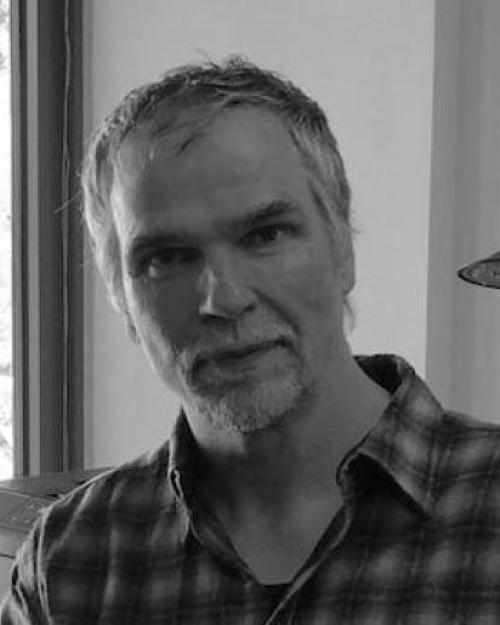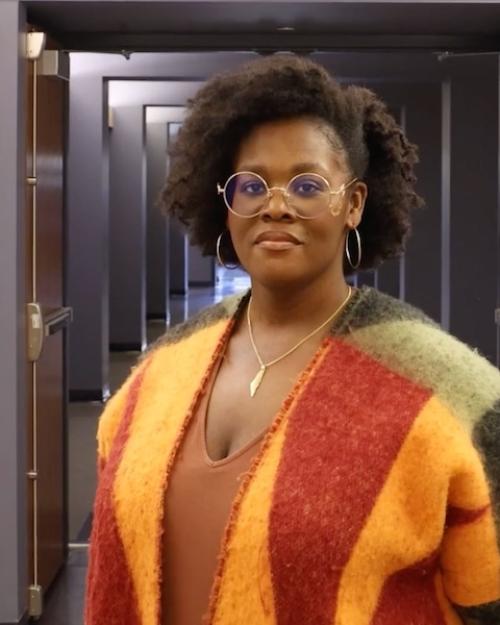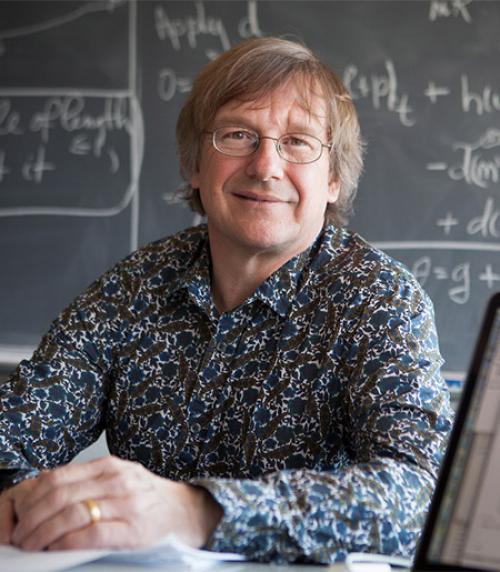Michael Stillman, professor of mathematics in the College of Arts and Sciences, has received the 2019 Richard D. Jenks Memorial Prize for “excellence in software engineering applied to computer algebra” for his work on the Macaulay and Macaulay2 computer algebra systems.
These systems have influenced research methods in commutative algebra and algebraic geometry. They have sparked international meetings and an academic publication, the Journal of Software for Algebra and Geometry. More than 2,000 papers on the pre-print site arXiv refer to Macaulay2.
“Macaulay and Macaulay2 have revolutionized the way research in commutative algebra and algebraic geometry is done,” the award citation said. The Jenks prize, given by the Association for Computing Machinery, recognizes outstanding software engineering in computer algebra.
“First Macaulay and now Macaulay2 have been my lifelong work,” Stillman said. “It is very satisfying to have this work recognized.”
Stillman has been working on these two programs, which are actually quite different, his whole career. He and collaborators named Macaulay and Macaulay2 after English mathematician F.S. Macaulay, whose work in the late 1800s and early 1900s paved the way for their algorithms.
Both open source programs, Macaulay and Macaulay2 give mathematicians more power to research problems in algebraic geometry, commutative algebra, and related math fields.
“In these fields, and in many applications, one is interested in the solutions of a set of polynomial equations. In many applications, one has many polynomials, in many variables,” Stillman said. “How do we graph these? The answer is that we cannot.”
Without computer systems, it is as if mathematicians explore the dark forest of algebraic geometry with only a dim pen light, said Stillman. “But with a system like Macaulay or Macaulay2, it is more like walking on the path with a flood lamp to see further into the darkness of the forest.”
Since 2006, the community of Macaulay2 users has gathered for workshops two or three times every year in the U.S. and internationally. Stillman has attended all but one, and is active in organizing many. The most recent was held virtually in June.
Invited are experts in Macaulay2, newcomers to the program, and graduate students in mathematics—and also related fields including physics, biology and statistics.
“The community of Macaulay2 users has really blossomed and is extremely welcoming to new students and researchers,” Stillman said.
He uses the systems for his own research in computational algebraic geometry and applications in pure mathematics. He also uses them for applications outside of mathematics, including the analysis of gene networks in biology and theoretical physics. In particular, he collaborates with Liam McAllister, professor of physics, on applying Macaulay2 to problems in string theory.
Stillman is also working with fellow Cornell math faculty members Steven Strogatz and Alex Townsend to apply Macaulay2 to problems in the synchronization of oscillators. These problems are related, for instance, to the question of whether fireflies glow in sync or not.
“This is only the tip of the iceberg,” Stillman said. “Polynomial systems occur everywhere in science, and we’re discovering more as time goes on. I look forward to the future on this.”




